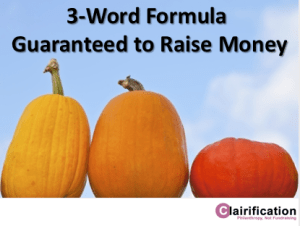How to Make Donors Happy to Say "Yes" to Your Fundraising Appeal
Today I’m going to tell you how to create a fundraising appeal that’s all about your donor’s happiness.
Because if you can persuade your donor that saying “yes” will make them happy, then you both win.
Don’t you want to make your donor feel like a winner?
Don’t you want to be a winner?
Details





